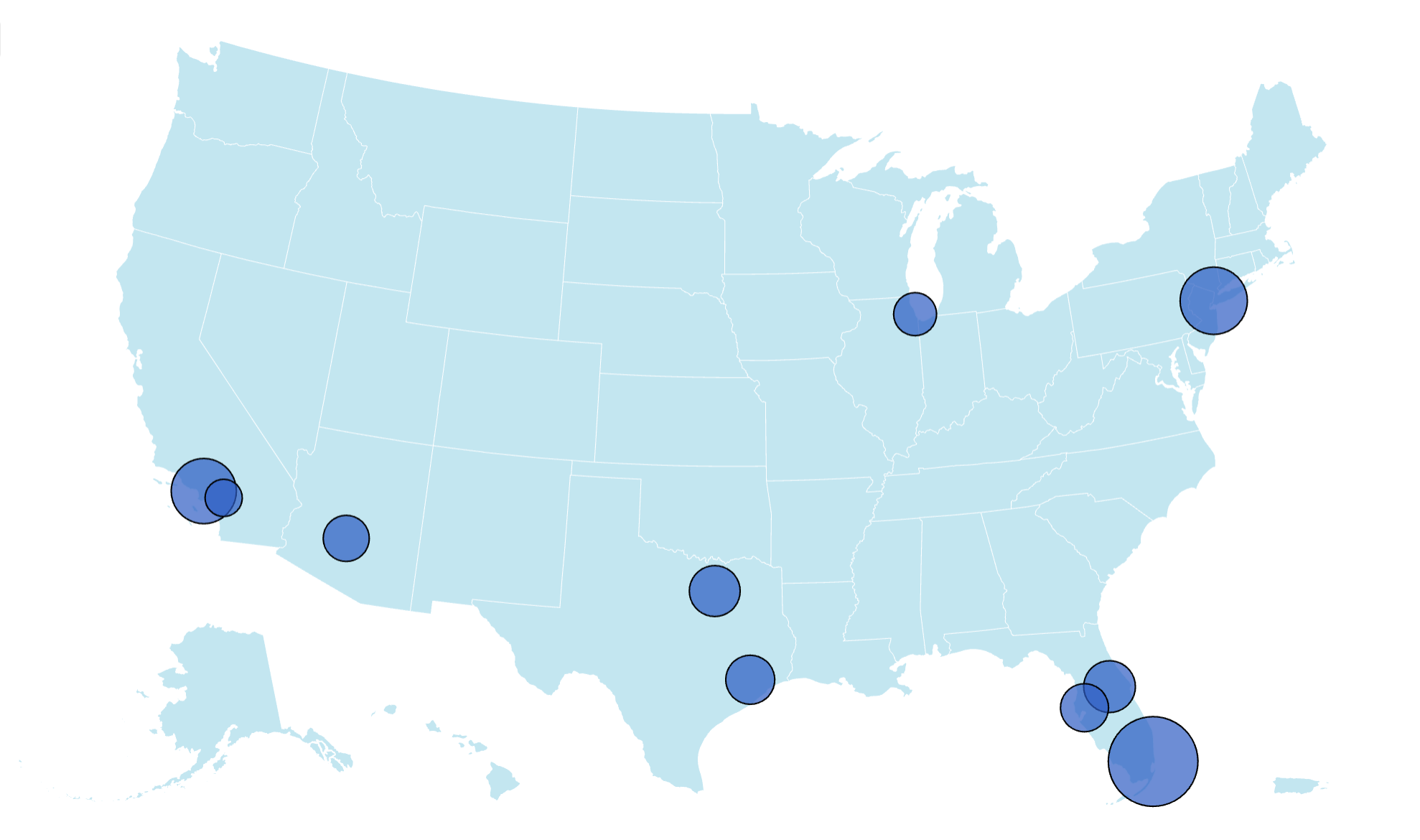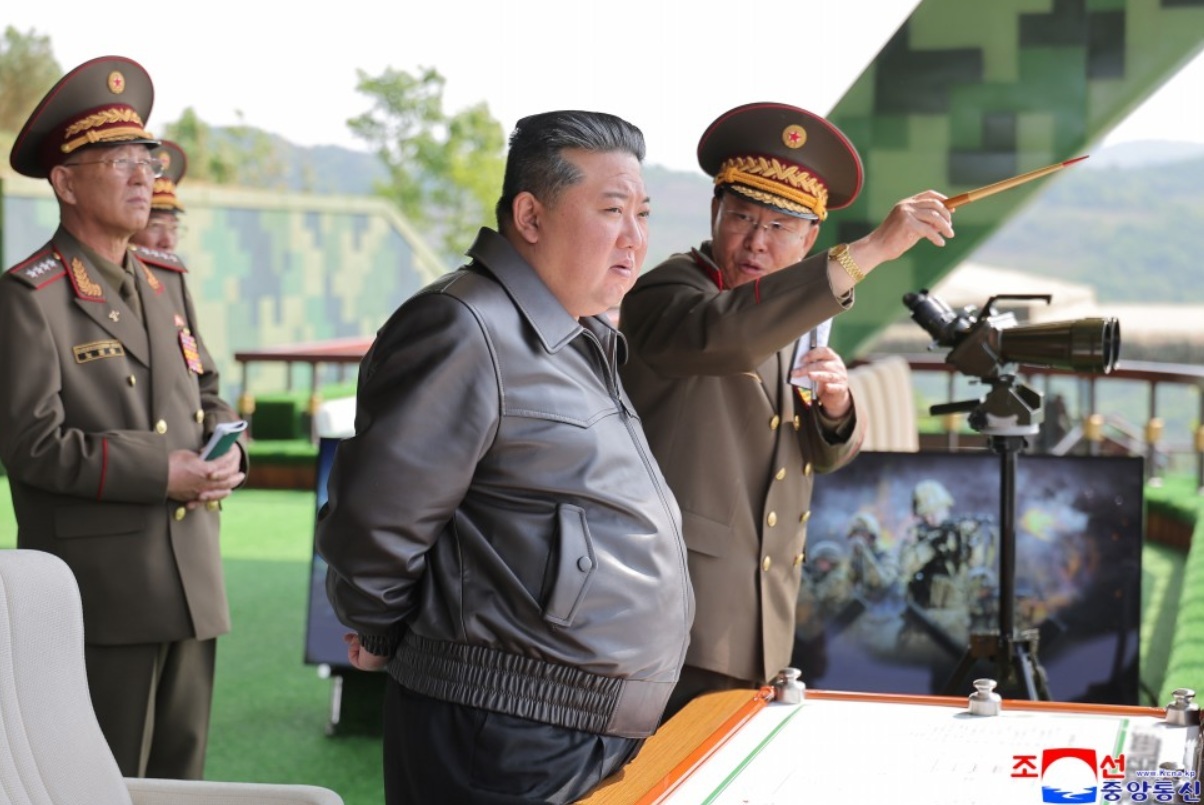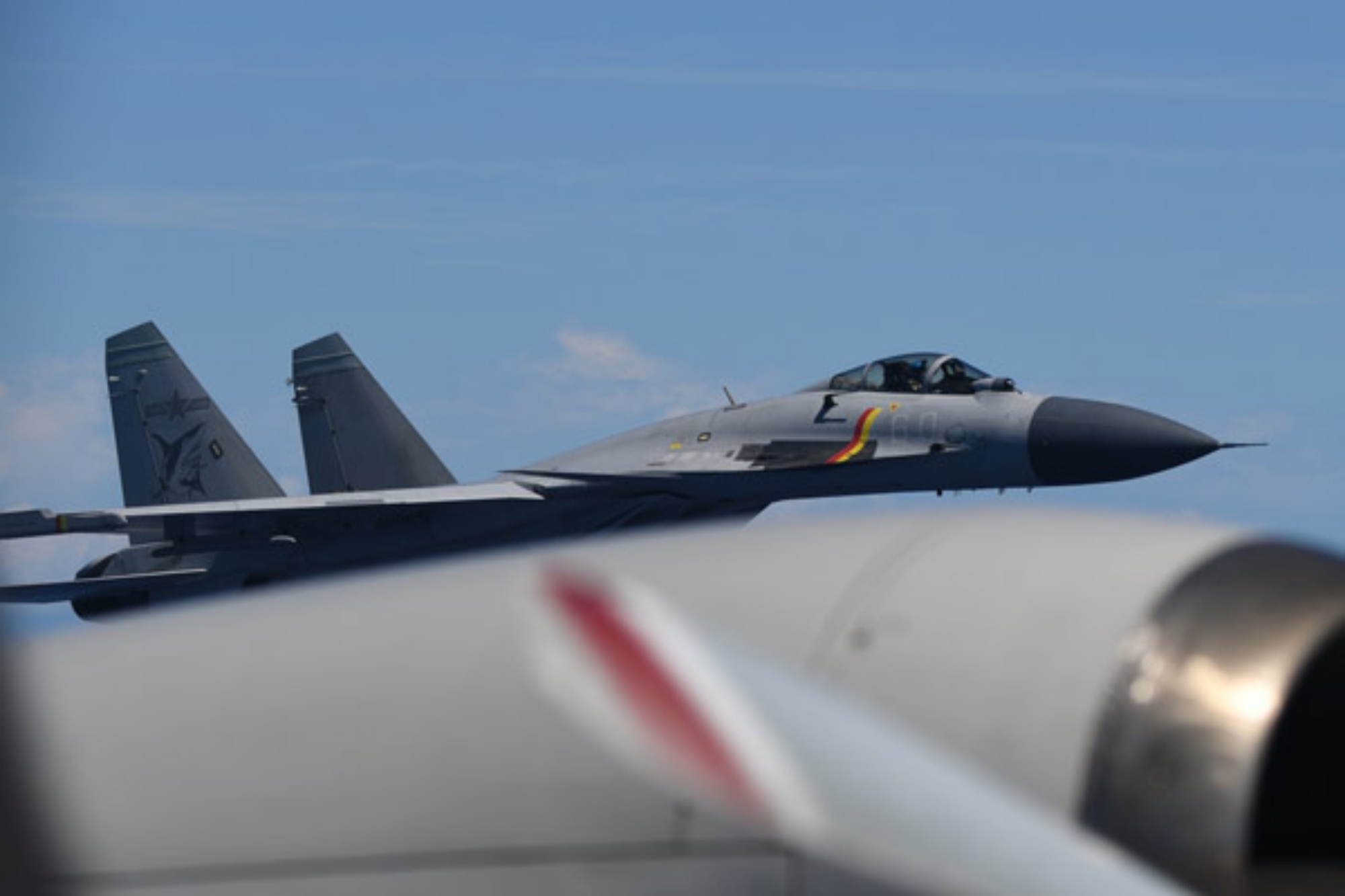
A patrol aircraft dispatched by Japan—a treaty ally of the United States—was intercepted by fighter jets launched from a Chinese aircraft carrier operating in the wider western Pacific.
Newsweek has contacted the Chinese Defense and Foreign Ministries via email for comment.
Why It Matters
China, which has the world’s largest navy by hull count—deployed both of its two aircraft carriers in active service beyond the First Island Chain on Saturday. The island defense line, comprising Japan, Taiwan, and the Philippines, is in place to keep China’s forces in check.
In April, Beijing’s state media released undated footage showing a Chinese J-15 flying close to a U.S. F/A-18 carrier-based fighter over an undisclosed maritime location.
Aerial intercepts—if conducted in an unsafe or unprofessional manner—can lead to midair collisions, resulting in the loss of aircraft and aircrew. In 2001, a U.S. intelligence plane and a Chinese fighter jet collided near China, killing a Chinese pilot.
What To Know
On Wednesday, the Japanese Defense Ministry reported an “unusual approach” by Chinese military aircraft toward the Maritime Self-Defense Force, stating that a P-3C patrol aircraft had two encounters with J-15 fighter jets—launched from the aircraft carrier CNS Shandong—over the weekend while flying in international airspace over the Pacific Ocean.
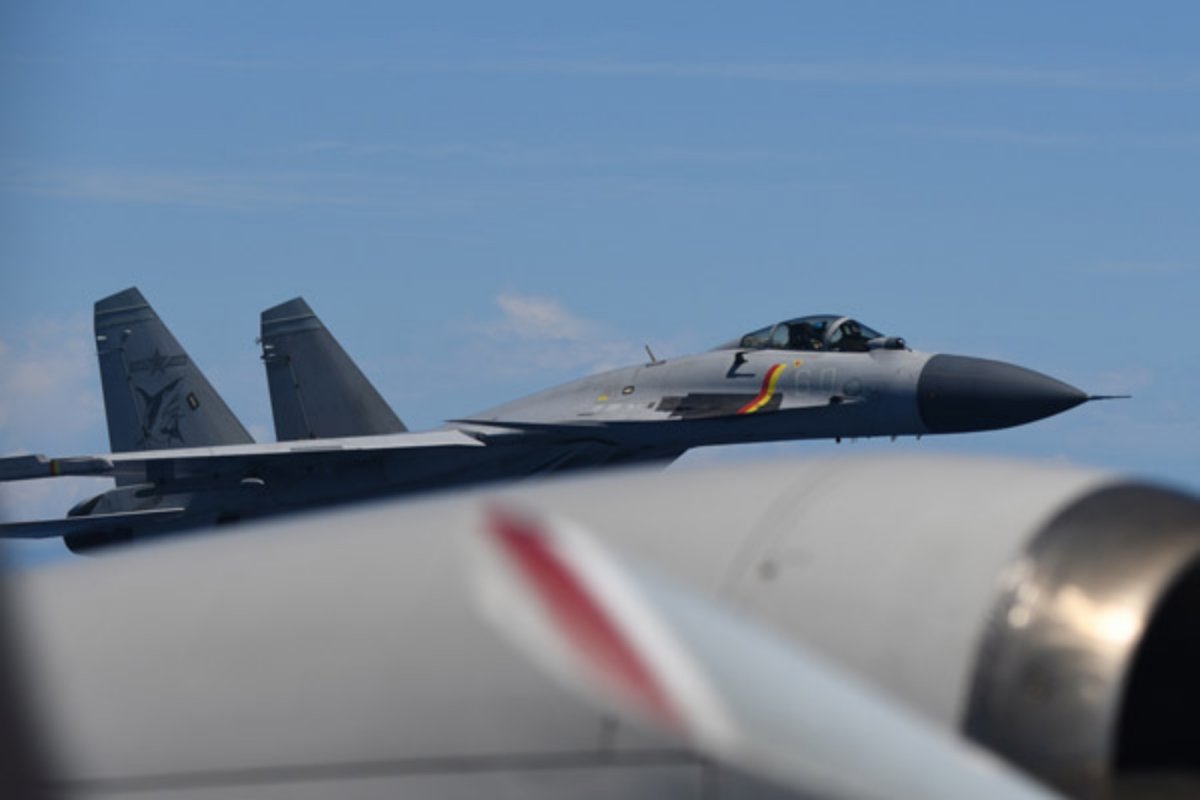
Japanese Defense Ministry
In the first incident, which occurred between 10:30 a.m. and 11 a.m. local time on Saturday, Chinese fighter jets were spotted flying as close as 45 meters (147 feet) from the Japanese aircraft at the same altitude, which was conducting an unspecified surveillance mission.
The following day, between 2 p.m. and 3 p.m. local time, Chinese fighter jets launched from the Shandong intercepted the Japanese aircraft for a second time, passing in front of it at a much greater distance—900 meters (2,952 feet)—while maintaining the same altitude.
One of the photos taken from the Japanese aircraft shows a Chinese fighter jet flying with a missile visible beneath its wing. Another photo shows a jet flying alongside the Japanese plane. The horizontal distance between them in the photos remains unknown.
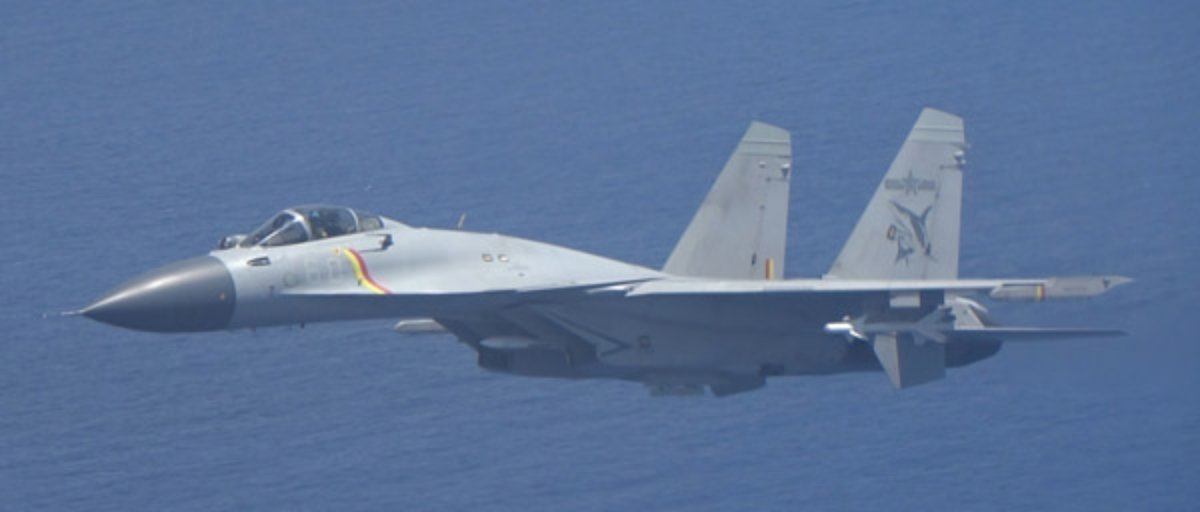
Japanese Defense Ministry
While there was no damage to the Japanese aircraft and no injuries were reported among its crew in either incident, Tokyo’s Defense Ministry expressed serious concerns, stating that the Chinese fighter jets’ “abnormal” aerial maneuvers could lead to an accidental collision.
According to an earlier press release from the Japanese Defense Ministry, the Shandong was tracked operating with four Chinese naval vessels in the Philippine Sea on Saturday—341 miles southeast of Japan’s southwestern island of Miyako—during an eastward voyage.
The press release also revealed that the Japan Maritime Self-Defense Force had deployed a P-3C patrol aircraft to monitor and gather intelligence on the Chinese vessels. Two days later, the Shandong conducted flight operations involving its fighter jets and helicopters.
What People Are Saying
Senior Captain Wang Xuemeng, spokesperson for the Chinese People’s Liberation Army (PLA) Navy, said in a statement on Tuesday: “This [dual aircraft carrier deployment] is a routine arrangement included in the annual training plan, aiming to improve the Chinese PLA Navy’s ability to fulfill missions. The training complies with relevant international law and practice, and is not targeted at specific countries or entity.”
Lin Jian, spokesperson for the Chinese Foreign Ministry, said at a press conference on Tuesday: “Let me reiterate that Chinese naval vessels’ activities in those waters are fully consistent with international law and international practices. Our national defense policy is defensive in nature. We hope Japan will view those activities objectively and rationally.”
What Happens Next
Such close aerial encounters between Japanese and Chinese military aircraft are likely to continue as China’s two aircraft carriers operate in waters near Japan’s more remote islands.
